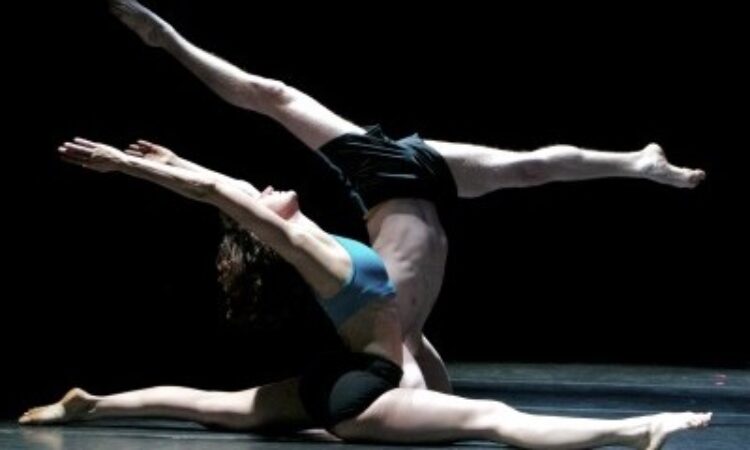Yoga translated can mean either yoke or union. It is the unification of the breath with the asanas (postures) that quiets down the chatter of our thought-filled minds. By intentionally connecting the body with breath we open up the space where body, mind and spirit can integrate: from this altered state we can push the boundaries towards an expanded consciousness. The eight limbs of yoga, which are the ethical underpinnings upon which yoga is based, offer guidance on how to live a meaningful and balanced life.
In our fast-paced, technology-driven society, it is no wonder that from 2008 – 2012 the number of Americans practicing yoga increased by 29 percent.[1] Are we seeking long-lasting relief from a stressful lifestyle or is yoga merely a fad? The presence of Lululemon’s fashionable yoga attire is hard to miss. The sleek workout wear with their popular insignia can be seen in yoga studios proliferating across the country. No doubt about it, yoga is big business.
As a retired dancer who is experiencing the wear and tear of a well-used body, it is exhilarating to cultivate a practice that offers the possibility of expanding not just the body but the mind as well. My own yoga practice has improved my flexibility, balance and strength and has grounded my internal state in significant ways. I am more serene and patient and as such, am less prone to react negatively to everyday stresses. Simply put, yoga makes me feel better. And like many dancers, I am looking forward to teaching it. Enrolled in a two hundred hour teacher-training program, I realize that meeting the required hours is merely an introduction to an art form that has been around for many years. With the eagerness that comes with learning anything new, I am excited to delve into a new movement form that promises personal and professional growth.
Yoga’s influence can be seen in choreography as well. The 2011 dance, I Made This for You, a collaboration between Gabrielle Revlock and Nicole Bindler features a yoga dance in which Revlock explores her relationship with this practice and form. In an email exchange with Revlock, she explains that yoga supplements her movement regimen in large part because yoga classes are more readily available than dance classes. Says Revlock, “Honestly, a big part of why I take so many yoga classes is because there are a lot of them and I can fit it into my schedule without having to think too much about it. Location is important as well. I’d love to be taking more dance classes but they are less regular and quite a few are in the evenings.” During a recent master class with David Dorfman, she was aware her yoga practice had made her less tuned for improvisational and asymmetrical action than she would have liked. To balance this out, she stresses the importance of incorporating contact improvisation into her movement diet- a movement approach rich in creative choice, physical contact and where transiting through space is part of the meal.
With an eye towards becoming a yoga instructor, I am baffled by the challenges inherent in teaching this form. Instructing dancers as they execute combinations in a dance class is vastly different from guiding asanas within the constraints of a two by six foot mat. Dance and yoga both use the breath to support movement but yoga’s firm tempo dictates streamlined verbal cueing–an art in itself. Being armed with a toolbox filled with movement and body expertise is great in a dance class where freely calling out corrections is the norm. The style of leading a dance class rides on the rhythms of the movement, the music and calling out corrections. In a yoga class, too much information thwarts the goal of stilling the mind and ends up being intrusive. Personally, I find the best yoga class is rooted in the breath with just enough illumination to support and guide.
The sun is slowly rising and it’s dawning on me that yoga is a different animal altogether from its movement cousin, dance. I would welcome insights and commentary from the readership on how yoga informs your dancing and teaching life.






